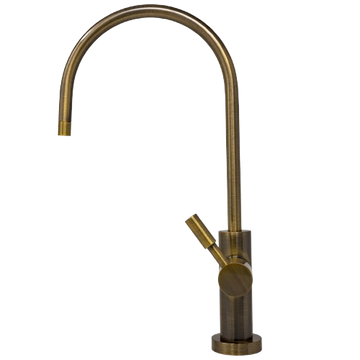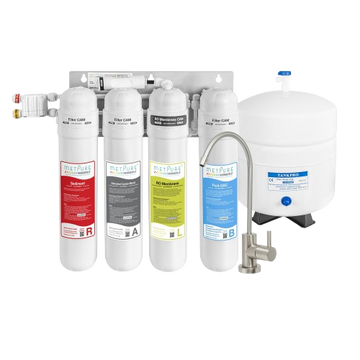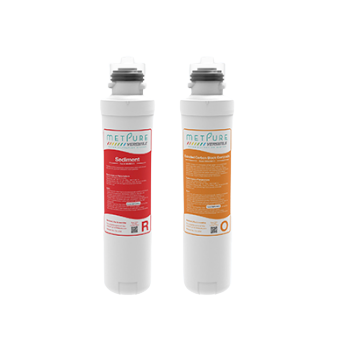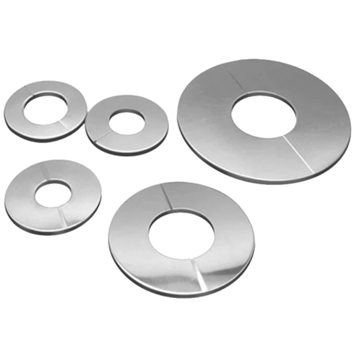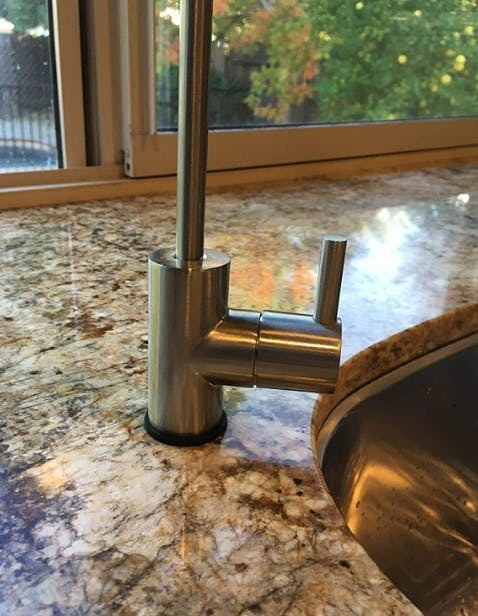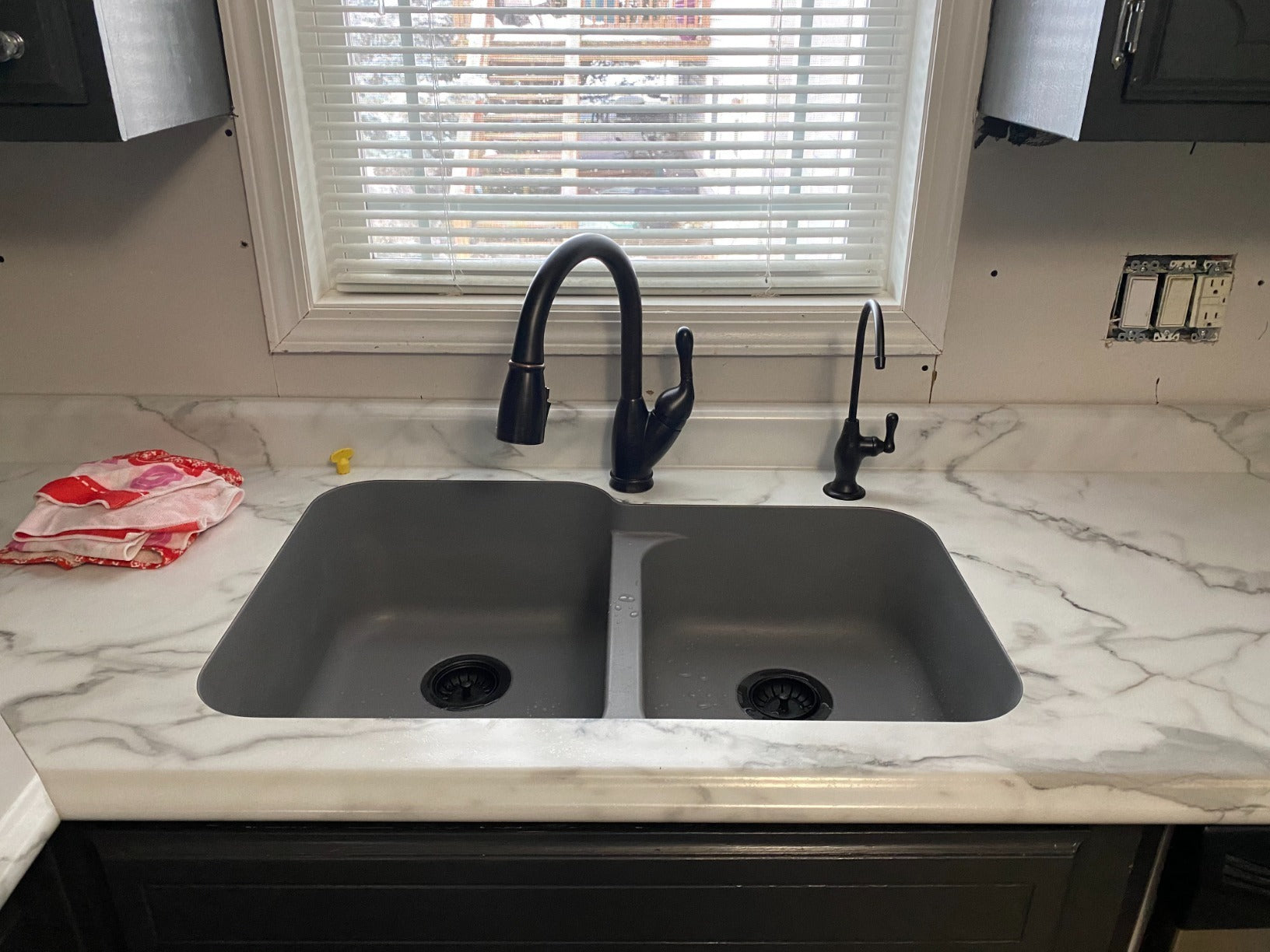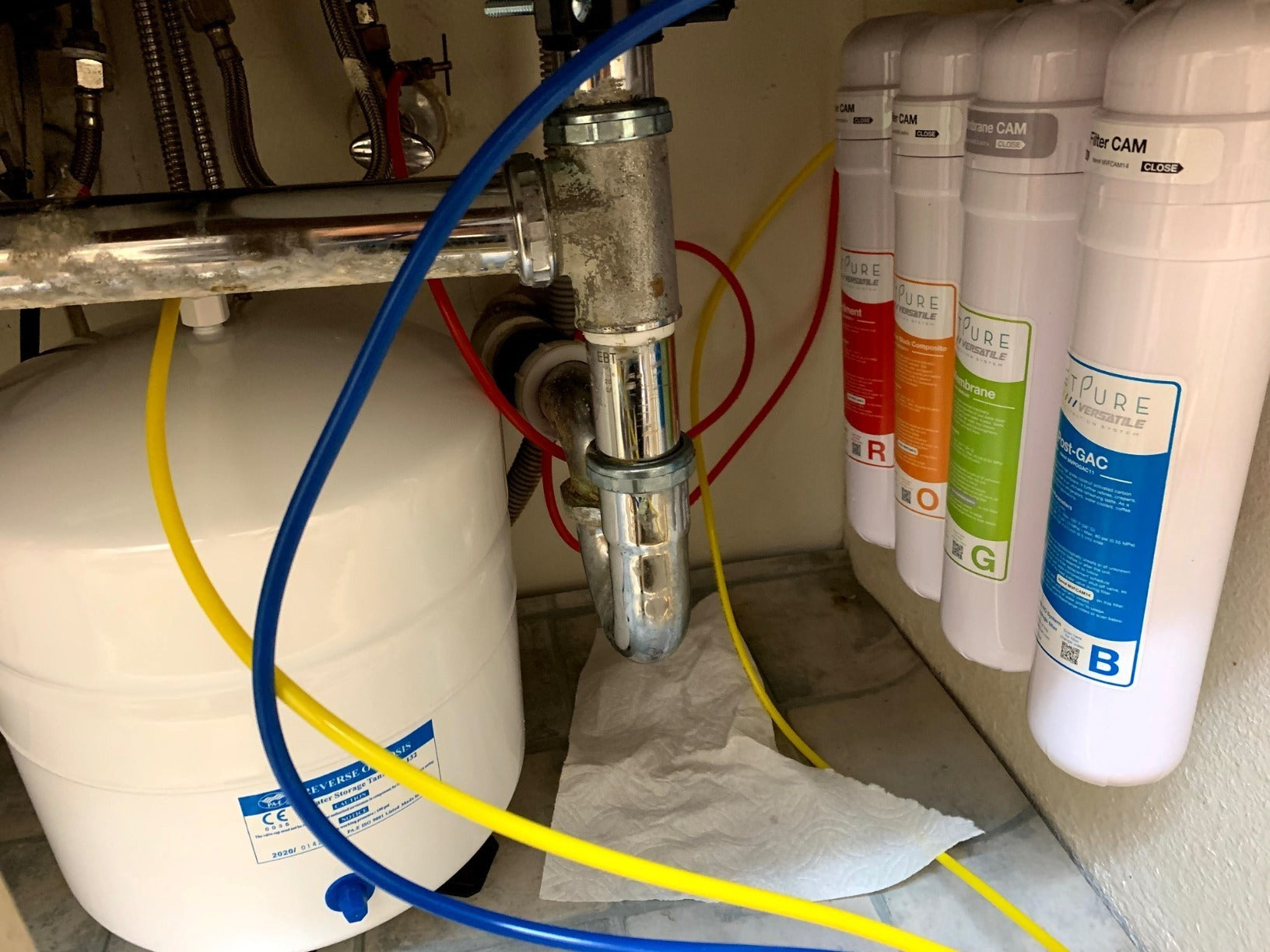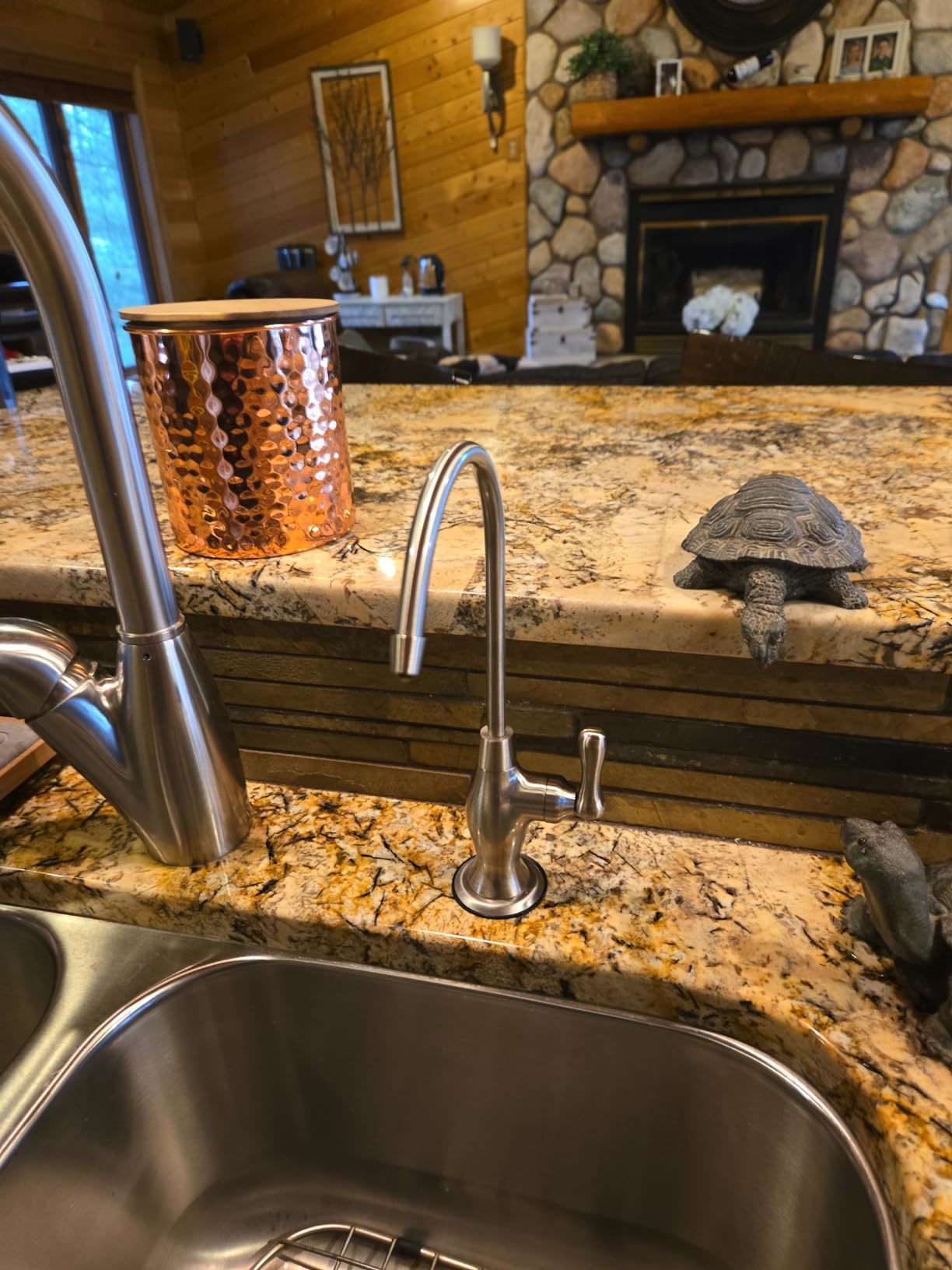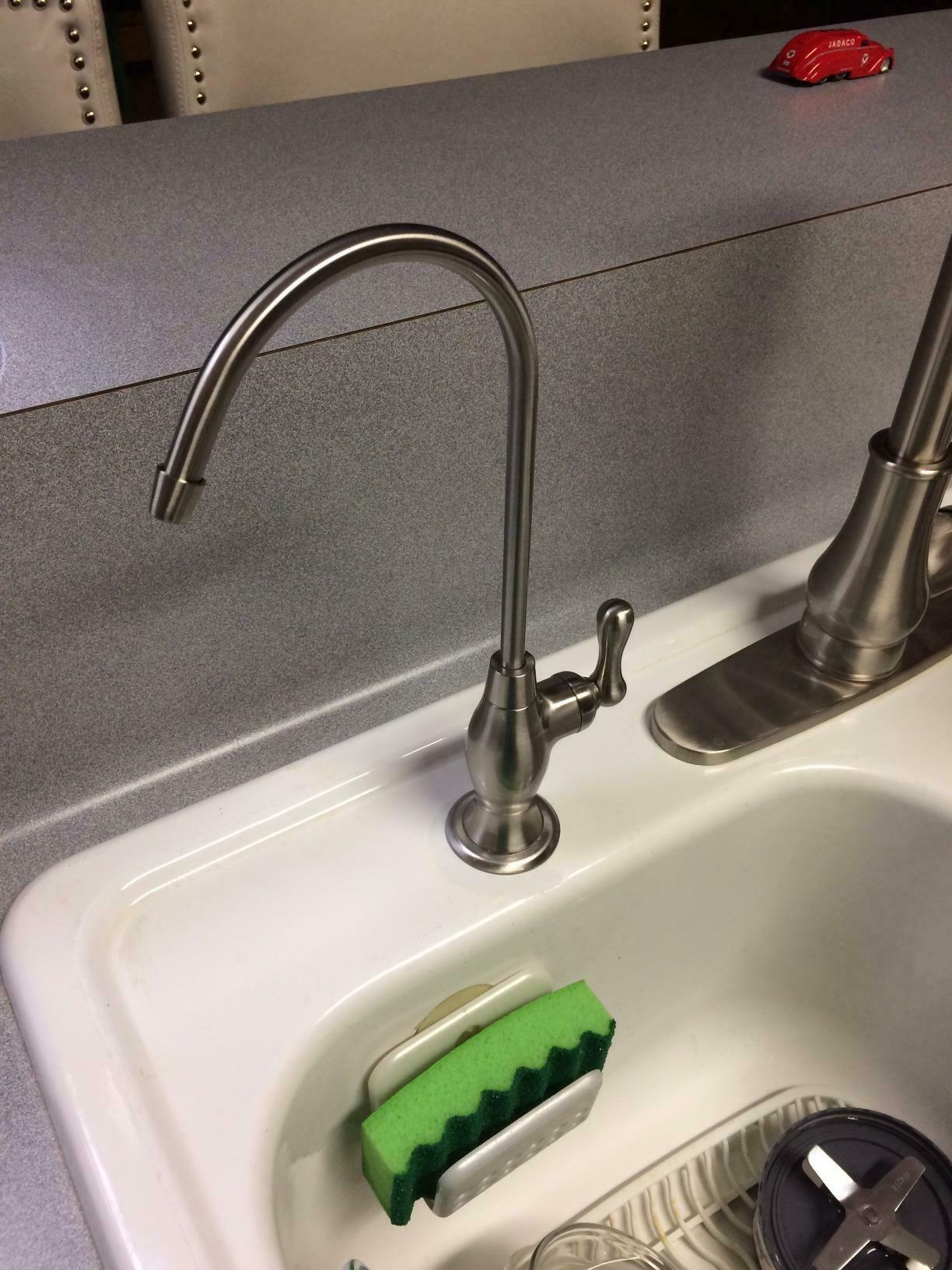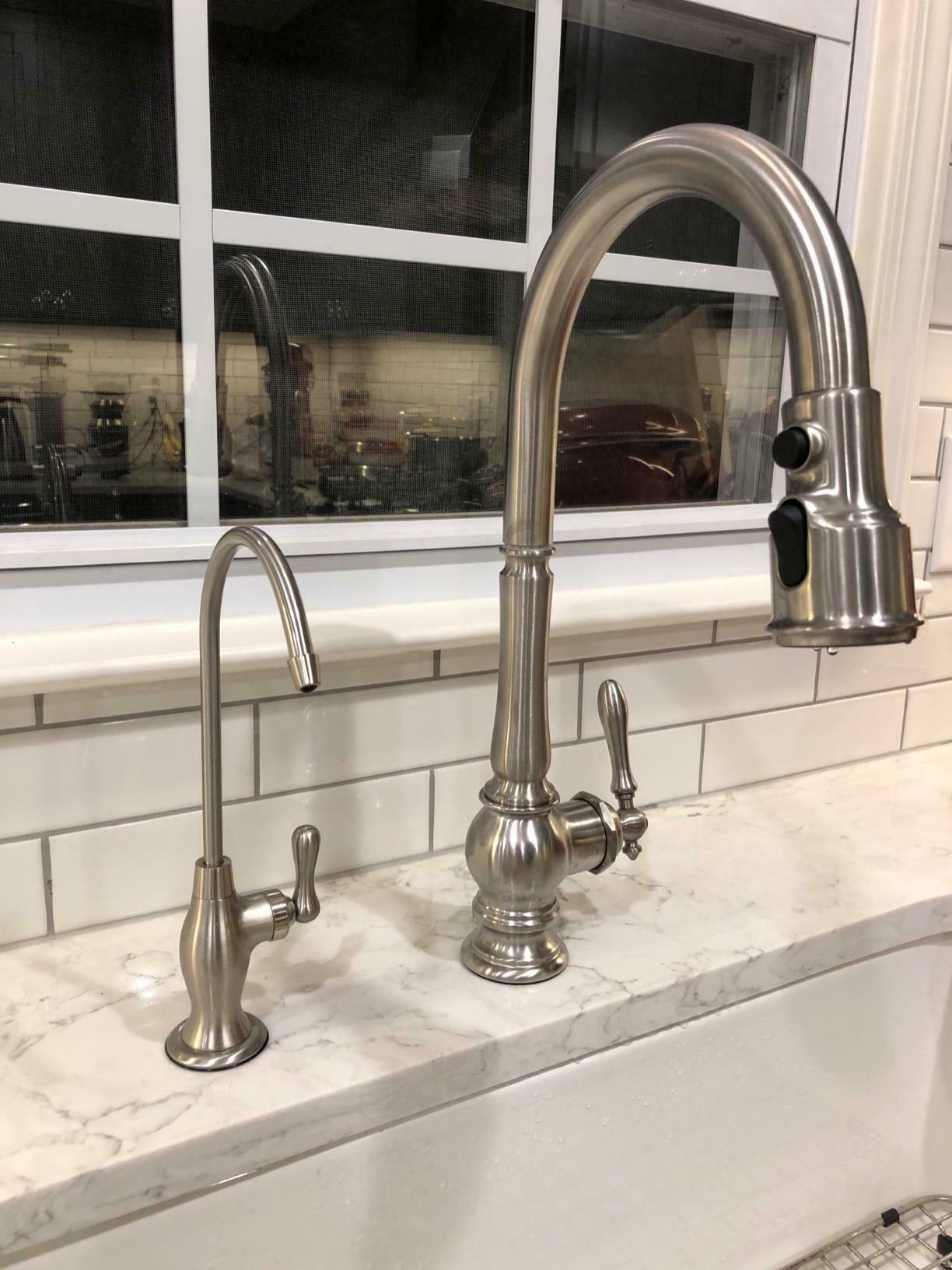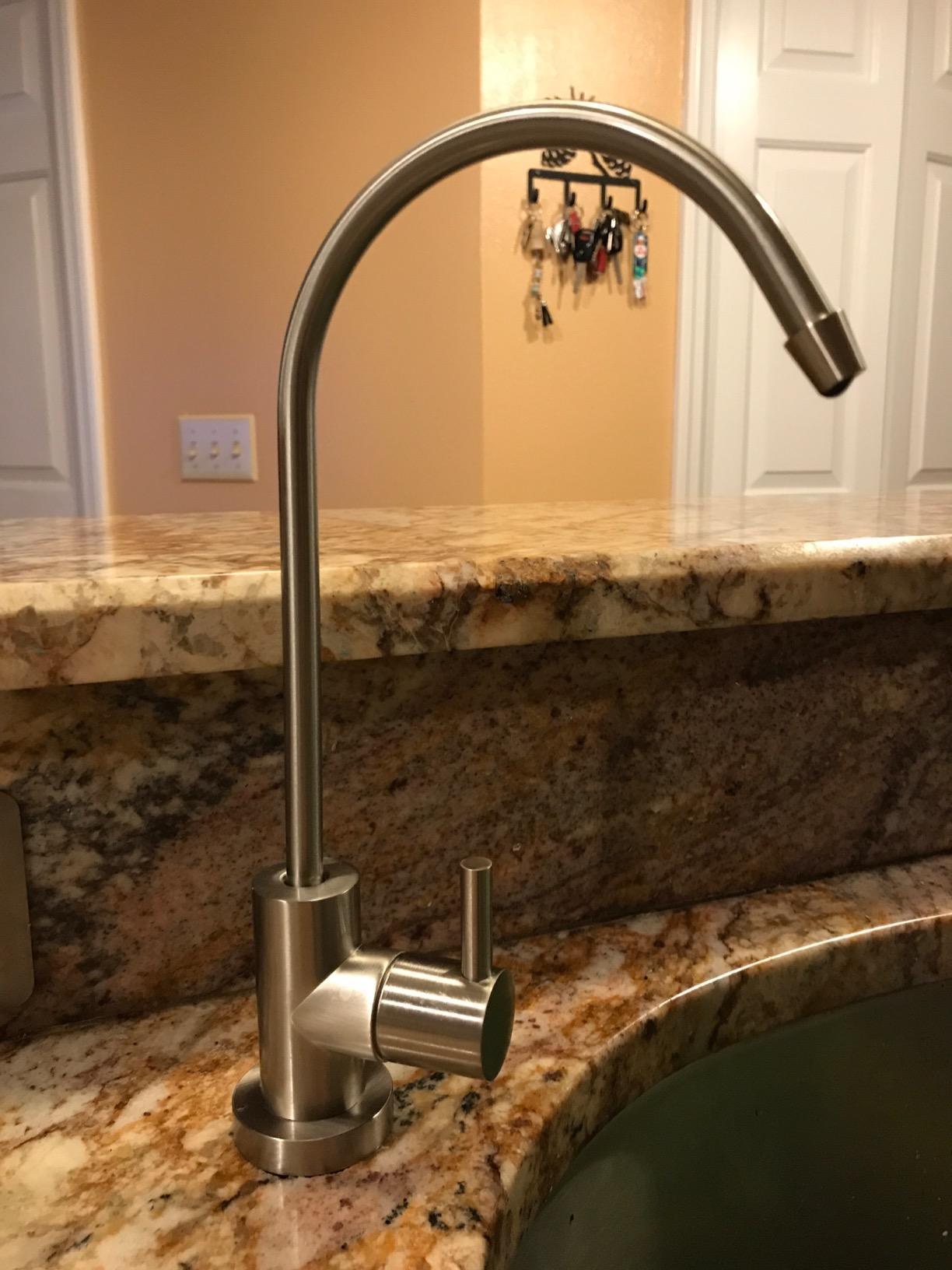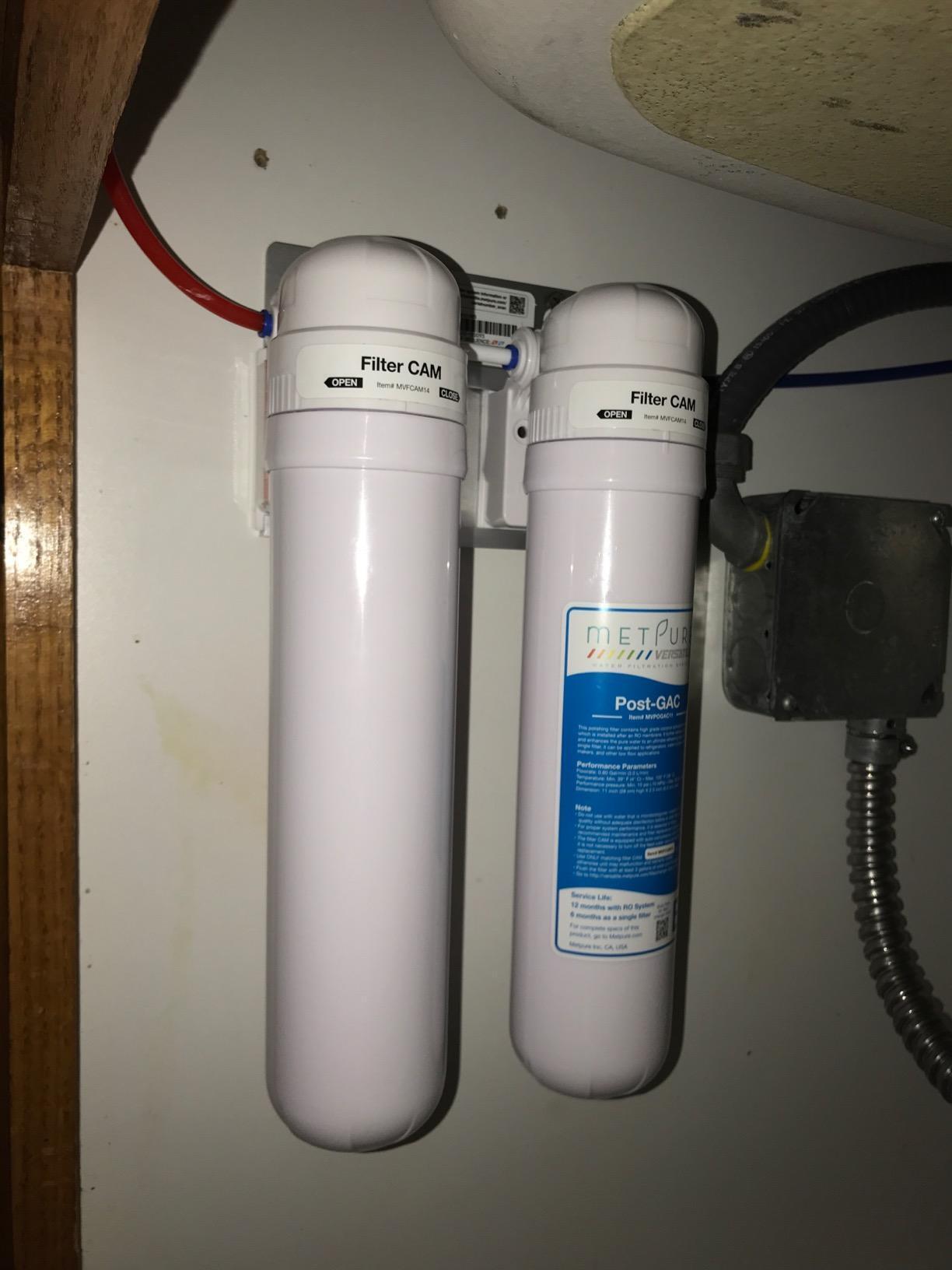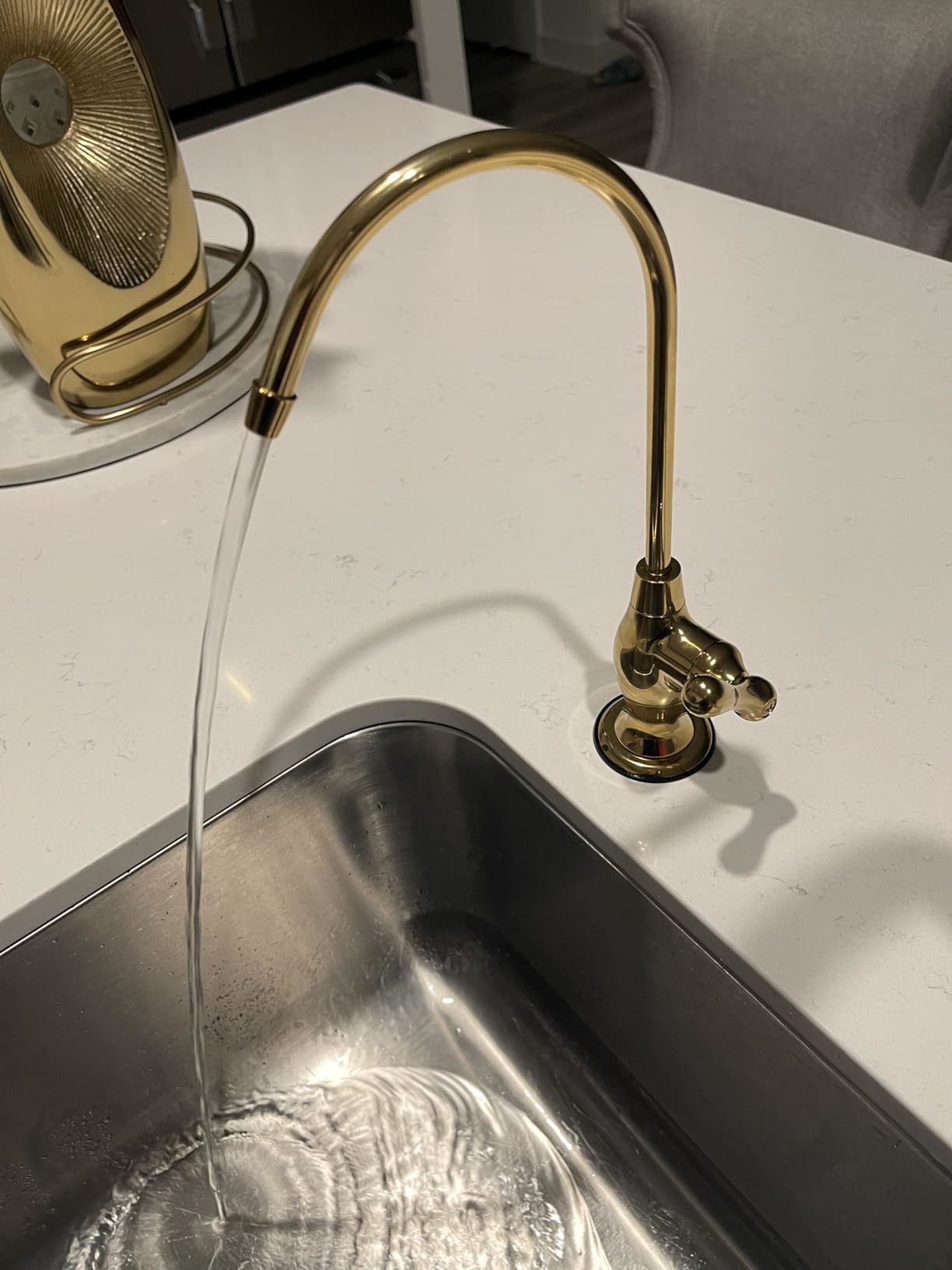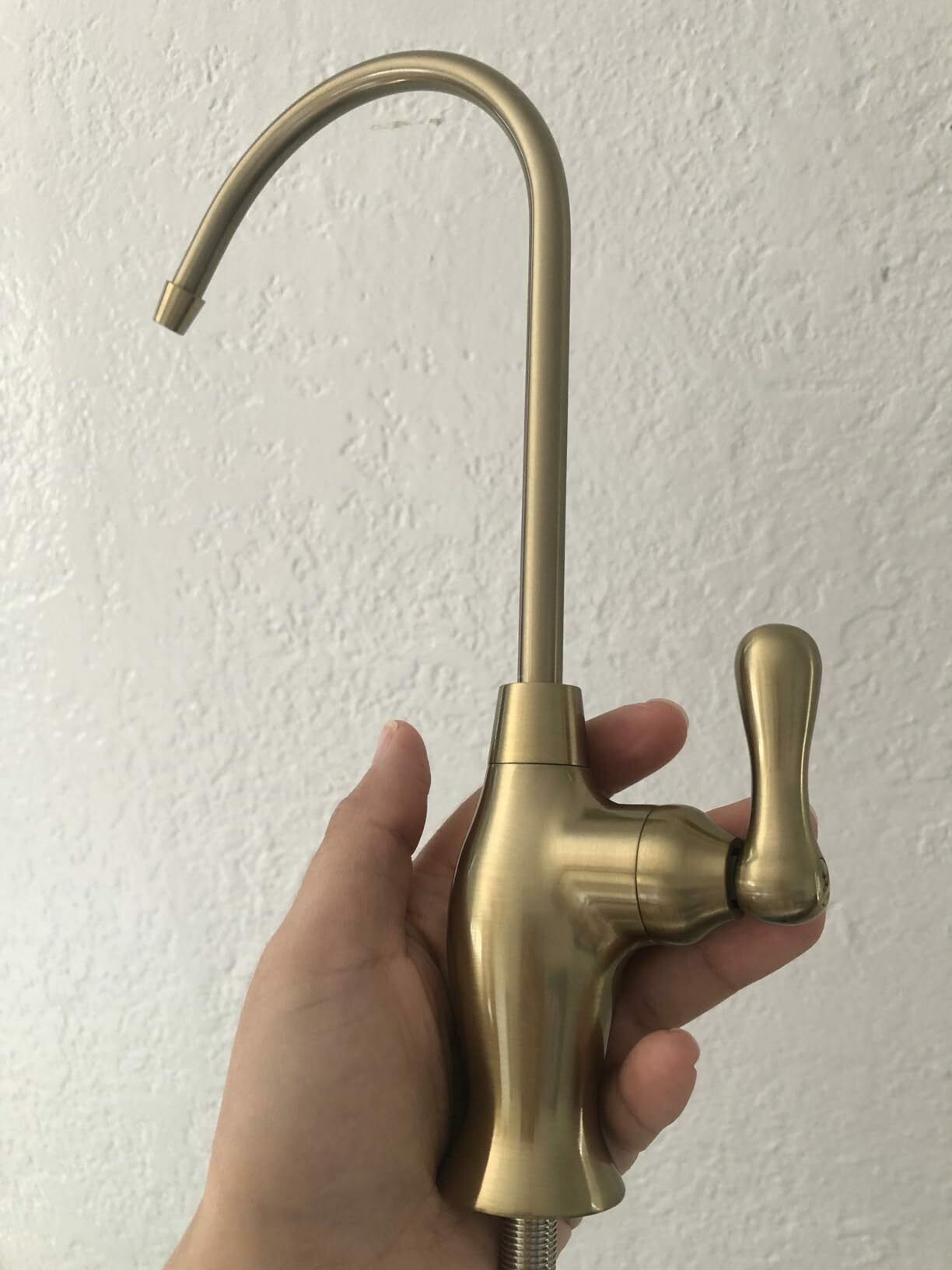5 Common Plumbing Problems Every Homeowner Must Know
Table of Contents
- Importance of Proactive Maintenance and Timely Repairs
- Simple DIY Fixes and When to Seek Professional Help
- Causes of Clogged Drains in Sinks, Showers, and Tubs
- Understanding Reasons Behind Running Toilets
- Factors Contributing to Low Water Pressure in Homes
- Common issues with water heaters often include:
I. Introduction

Understanding common plumbing issues is crucial for every homeowner as it directly impacts the functionality and safety of a household. Plumbing problems can range from minor inconveniences like dripping faucets to major emergencies such as burst pipes, each demanding attention and prompt resolution. By grasping these issues, homeowners gain the ability to address them efficiently, preventing small concerns from escalating into costly disasters. Plumbing issues can range from minor leaks to major pipe bursts, requiring immediate attention for resolution.
Awareness of common plumbing issues is a preventive measure, allowing homeowners to identify, troubleshoot, and possibly resolve minor problems before they escalate. Leaky faucets, clogged drains, or running toilets might seem insignificant initially. Still, they often signify underlying issues that, if left unattended, can exacerbate, causing water wastage, property damage, or increased utility bills. Recognizing these issues early empowers homeowners to mitigate potential risks proactively. Addressing any plumbing problem promptly can prevent possible water damage and ensure the proper functioning of your home's water systems.
Importance of Proactive Maintenance and Timely Repairs
Proactive maintenance and timely repairs play a pivotal role in preserving the integrity of a home's plumbing system. Conducting routine checks, addressing minor leaks, or clearing clogs as soon as they appear can prevent larger, costlier problems. Regular maintenance not only extends the lifespan of plumbing fixtures but also ensures the overall efficiency and functionality of the system. By prioritizing proactive measures, homeowners can circumvent emergencies and save on extensive repairs or replacements. Identifying a plumbing issue early on can save costs and prevent more significant concerns from arising in your household.
5 Common Plumbing Problems

Understanding the significance of these common household plumbing problems and the impact of proactive maintenance is a foundation for homeowners to safeguard their homes against potential plumbing disasters. It empowers them to take charge of their household's well-being, ensuring a smoothly functioning plumbing system. Fixing a plumbing problem early helps mitigate potential damage and maintains the efficiency of your plumbing system.
I. Leaky Faucets
Leaky faucets are often the result of worn-out or damaged internal components, such as washers, O-rings, or seals, which fail to create a watertight seal. Over time, continuous usage causes these parts to degrade, leading to water seepage or dripping even when the faucet is turned off. Apart from the annoyance of the constant dripping sound, which can be bothersome, leaky faucets can contribute to significant water wastage. Studies indicate that a single dripping faucet can waste hundreds of gallons of water annually, significantly impacting utility bills and the environment. Resolving plumbing issues at home is crucial to prevent disruptions and ensure a smoothly functioning water supply.
Simple DIY Fixes and When to Seek Professional Help
For homeowners keen on addressing a leaky faucet themselves, several DIY fixes exist, depending on the faucet type and the severity of the leak. Common solutions include replacing washers, O-rings, or cartridges, often requiring basic tools and plumbing know-how. However, if the faucet leaks despite these DIY attempts or the problem seems complex, it's advisable to seek professional assistance. A licensed plumber can accurately diagnose the issue, provide a thorough fix, and ensure the faucet operates efficiently without any leaks, saving water and preventing potential damage.
Understanding how leaky faucets develop and recognizing their impact on water conservation and household expenses enables homeowners to decide whether to attempt DIY fixes or seek professional help, ensuring effective resolution of the issue.
II. Clogged Drains
Causes of Clogged Drains in Sinks, Showers, and Tubs
Clogged drains in sinks, showers, and tubs often result from accumulating various substances over time. In kitchen sinks, grease, food scraps, and soap residue are primary culprits. The shower and tub drain usually get clogged due to hair, soap scum, and mineral deposits. These substances adhere to the inner walls of the pipes, narrowing the passageway for water flow and eventually leading to blockages. External factors such as tree roots infiltrating sewer lines or improper disposal of non-biodegradable items can also contribute to drain clogs.
Understanding Reasons Behind Running Toilets
Running toilets occur due to faults in the toilet tank's internal components, primarily the flapper or fill valve. The flapper, responsible for sealing the flush valve opening, may become worn or misaligned, allowing water to flow continuously from the tank to the bowl. Similarly, a faulty fill valve fails to shut off properly, leading to water continually entering the tank. These issues often result in the constant sound of water running and can significantly increase water bills if left unattended.
III. Low Water Pressure
Factors Contributing to Low Water Pressure in Homes
Low water pressure can result from various factors within a household plumbing system. Common Sediment and mineral deposits in pipes can restrict water flow, leading to reduced pressure. Aging or corroded pipes can develop blockages, hindering water pressure. Undetected leaks in the plumbing system can divert water from faucets, diminishing pressure. Clogged aerators, damaged valves, or outdated plumbing fixtures can impede water flow, causing low pressure. Recognizing a plumbing issue's root cause is vital to implementing effective and lasting solutions.
IV. Water Heater Problems
Common issues with water heaters often include:
Unusual sounds like rumbling, popping, or banging from the heater may indicate sediment buildup within the tank. The sediment traps heat, causing irregularities and potentially reducing the heater's lifespan. Gas-powered water heaters may encounter difficulties in maintaining a lit pilot light. This issue could arise from problems with the thermocouple, gas supply, or other internal components, leading to intermittent heating or complete malfunctions. Maintenance Tips and Signs
Routine maintenance is vital for water heaters to function efficiently. Homeowners can perform tasks like flushing the tank annually to remove sediment and check for leaks or rust regularly. However, signs such as persistent leaks, inadequate heating despite adjustments, unusual noises, or visible corrosion indicate the need for professional intervention. Additionally, if the heater is older than 10-15 years, seeking professional inspection is advisable to assess its condition and consider replacement options for efficiency and safety.
Conclusion
Understanding and addressing common plumbing issues are pivotal to maintaining a functional and efficient household. From leaky faucets and clogged drains to running toilets and low water pressure, each issue, if left unattended, can escalate into a more significant problem, leading to water wastage, higher bills, or potential property damage. Through proactive maintenance, regular checks, and prompt repairs, homeowners can mitigate these issues, preserving the integrity of their plumbing systems. Understanding plumbing facts, such as common issues and maintenance tips, is essential for homeowners to maintain a healthy system.


